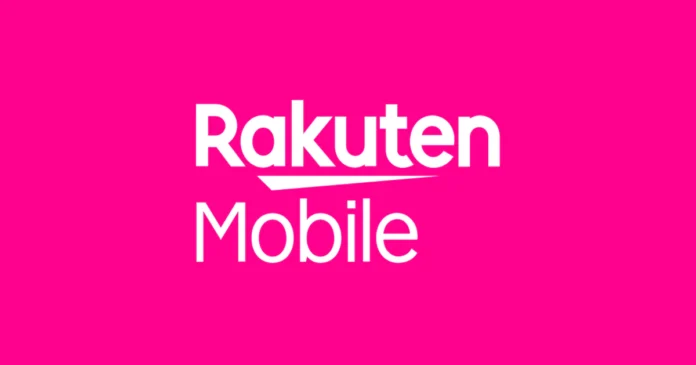During a conference call to discuss the telco’s quarterly results, Rakuten Mobile’s chairman Mickey Mikitani said the company will step up the rollout in the second half of the year
In sum – what to know:
2,930 base stations added in Q2 – Part of Rakuten Mobile’s plan to deploy over 10,000 sites in 2025 to improve coverage and capacity.
Second consecutive EBITDA-positive quarter – Standalone EBITDA rose by JPY19.1 billion year-on-year to JPY5.6 billion.
Subscriber base nears 9 million – Up from 7.7 million a year earlier, alongside higher ARPU and mobile service revenue growth.
Japanese mobile operator Rakuten Mobile installed 2,930 new base stations during the second quarter of 2025 as part of a plan to deploy more than 10,000 sites this year to improve coverage and increase capacity.
During a conference call to discuss the telco’s quarterly results, the telco’s chairman Mickey Mikitani said the company will step up the rollout in the second half of the year, adding that Rakuten Mobile has made “significant improvements in network stability.”
The Japanese operator also reported subscriber and revenue growth in Q2, along with its second consecutive EBITDA-positive quarter.
By the end of June, the carrier had nearly 9 million subscribers across the Asian country, up from 7.7 million a year earlier. Mobile service revenue increased 26.9% to JPY47.7 billion ($323 million), with ARPU up 3.8% to JPY1,773. Total segment revenue rose 33.5% to JPY90.6 billion.
Meanwhile, Rakuten Symphony revenue climbed 53.8% to JPY18.1 billion, with six new contracts signed in the quarter, including one with U.S. carrier AT&T.
Rakuten Mobile has recently named Cisco, Nokia, and F5 as its lead technology partners for the deployment of its 5G Standalone (SA) network. The Japanese company says these alliances will “significantly enhance its network capabilities, simplify operations through AI-driven systems, and drive innovation” across Japan.
The Japanese telco will deploy Cisco’s mobile Packet Core Portfolio to enable seamless deployment of 5G services. The platform promises enhanced performance and streamlined operations, leveraging AI-driven automation to support dynamic traffic management and operational simplicity, the telco said.
Nokia will contribute a suite of cloud-native network functions (CNFs) to support Rakuten’s SA core, including critical functions such as authentication, user data management, signaling, analytics, and IMS voice. The CNFs will be deployed on Rakuten Symphony’s multi-cloud platform, designed to boost network reliability, scalability, and security.
F5, a long-standing Rakuten partner since the company’s early cloud-native launches in 2019, will supply API security and traffic management features, as well as additional CNFs focused on maintaining the stability and performance of the SA core. The company highlighted these functions as “crucial” for the reliability of Rakuten Mobile’s standalone infrastructure.
Rather than relying on traditional full-stack vendors, the Asian carrier has pursued a disruptive, cloud-native approach built around its own Rakuten Symphony platform and modular partnerships with companies like Cisco, Nokia (CNFs, not full RAN), F5, and NEC. The decision reflects both a strategic commitment to Open RAN and software-defined infrastructure, as well as a business model that positions Rakuten Symphony in direct competition with vendors like Ericsson, which has taken a more cautious stance toward open interfaces and multi-vendor integration.
The telco also recently launched Rakuten AI, a next-generation agentic AI platform. Now available via the Rakuten Link app and a standalone web app (in beta), the assistant leverages multi-modal input to deliver personalized, task-oriented intelligence.
The agentic AI is free to use and will be integrated into Rakuten Ichiba, the company’s flagship e-commerce marketplace, later this year. The platform is a key part of Rakuten’s broader push to create a cross-ecosystem AI layer that enhances user experiences across commerce, mobile, and content.

